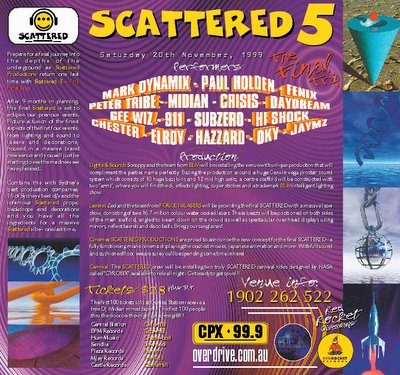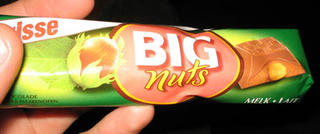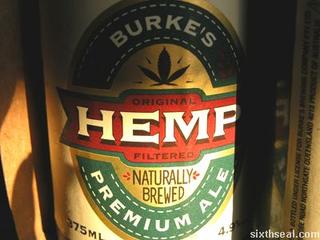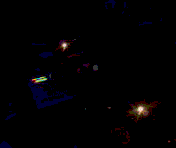I read this just recently and it was pretty interesting. There are 2 responses to the question, both work well together to explain it.
From New Scientist 16 July 2005
---
Being very keen to see the return of the sun after the English midwinter, I began checking local sunrise and sunset times to see how the interval between them increases each day. The sunset time increases by more than a minute per day, but the sunrise time is getting earlier by considerably less than a minute each day. Why is there asymmetry? I suspect it has something to do with latitude, but what?
Your correspondent has discovered a quirk of astronomy usually termed the "equation of time". I was wondering recently whether day length really changes faster at some times of year and slower at others. I plugged a table of sunrise and sunset into Excel and the graph shows that the day length stays briefly but depressingly static in midwinter, then changes rapidly through spring into another short period of near stasis in summer.

But then I noticed the oddly different behaviour of sunrise and sunset times: the two curves are not symmetrical. So I found the midpoint of the two, which gives the apparent (or true) solar time of noon. When you plot the difference between this time and the mean (or clock) time of noon across the year, you discover the complex curve seen in the second graph, which is a visual representation of the equation of time. Sunrise and sunset are symmetrical about this line.
Steve Head, Cholsey, Wallingford, Oxon, UK
The asymmetry in the rates of change of sunrise and sunset arises from the nature of Earth's orbit around the sun, and is caused by variations in the length of the solar day, the time between solar noons on successive days, throughout the year. Sunrise and sunset are essentially symmetrical about solar noon, but solar noon is not always at clock noon. The sources of this variation are, firstly, the Earth's elliptical orbit around the sun, and secondly, the 23.5-degree inclination of the Earth's rotational axis to the axis of its orbit around the sun.
From solar noon one day to solar noon the next, the Earth not only has to turn through 360 degrees, but through about 1 more degree to compensate for the movement along its orbital path during that time. While the Earth reliably turns through 360 degrees once every 23 hours 56 minutes, regardless of the time of year, it is the variation in how much further the Earth has to turn to complete the solar day that gives rise to the varying solar day lengths.
The Earth speeds up as it approaches the perihelion of its elliptical orbit, the point of closest approach to the sun, and slows down as it approaches the aphelion. The increased speed at the perihelion, together with the shorter distance to the sun, means the angle swept out by the Earth about the sun every day is greater near the perihelion than near the aphelion. So more rotation is needed to complete a solar day near the perihelion, causing the solar day to lengthen. This factor generates a sine wave-like variation in the length of the solar day with a period of one year.
The second source of variation is more difficult to visualise. At the summer and winter solstices, the plane joining the Earth's rotational axis to the centre of the sun is perpendicular to the plane of Earth's orbit, and a point on the equator has the least distance to travel between one noon and the next, so the solar day length is at it shortest. By contrast, at the equinoxes the Earth's axis is tilted towards or away from the orbital plane. Now, a point on the equator must travel further between consecutive noons, and a solar day is longer than at the solstice by about 22 seconds. This mechanism operates at other latitudes, which causes a variation in the solar day length with two peaks and two troughs a year.
These two sources of variation together create an intricate pattern of solar day length. While the changes from day to day are small, they are cumulative and can lead to marked differences between solar time and clock time during a year. They are the bane of sundial makers and are expressed in the equation of time, which shows a pattern resembling a sine wave of six months' period superimposed on a sine wave of one year's period. The time difference ranges from about 14 minutes negative to more than 16 minutes positive, with the steepest slope, of more than 20 seconds a day, occurring in December. It is the shifting solar noon added to what would otherwise be a symmetrical movement of sunrise and sunset that produces the asymmetry.
Ian Vickers, Mosman, New South Wales, Australia
---
There are some further readings suggested:
http://www.analemma.com/
http://www.cso.caltech.edu/outreach/log/NIGHT and DAY.pdf

 This was the flyer for my first rave. Man, so long ago (relatively). It was dirty, sweaty, skanky, really sweaty (there was a light rain falling all night... we were indoors), crazy, absolutely awesome. I dont have any inclination to go partying like that anymore, er, dont quote me on that, id do it again in a second as long as the party has no kiddycore elements, and maybe not happy hard either, but I have been listening to much oldskool and its both tip and top. Another thing stopping me is that I'd feel really old. Not as old as the DJ's though, these guys keep getting older whilst the crowd gets younger? Do they enjoy the conversation? Or do they relate to the kids? I guess it could be about the music, but...
This was the flyer for my first rave. Man, so long ago (relatively). It was dirty, sweaty, skanky, really sweaty (there was a light rain falling all night... we were indoors), crazy, absolutely awesome. I dont have any inclination to go partying like that anymore, er, dont quote me on that, id do it again in a second as long as the party has no kiddycore elements, and maybe not happy hard either, but I have been listening to much oldskool and its both tip and top. Another thing stopping me is that I'd feel really old. Not as old as the DJ's though, these guys keep getting older whilst the crowd gets younger? Do they enjoy the conversation? Or do they relate to the kids? I guess it could be about the music, but...



































